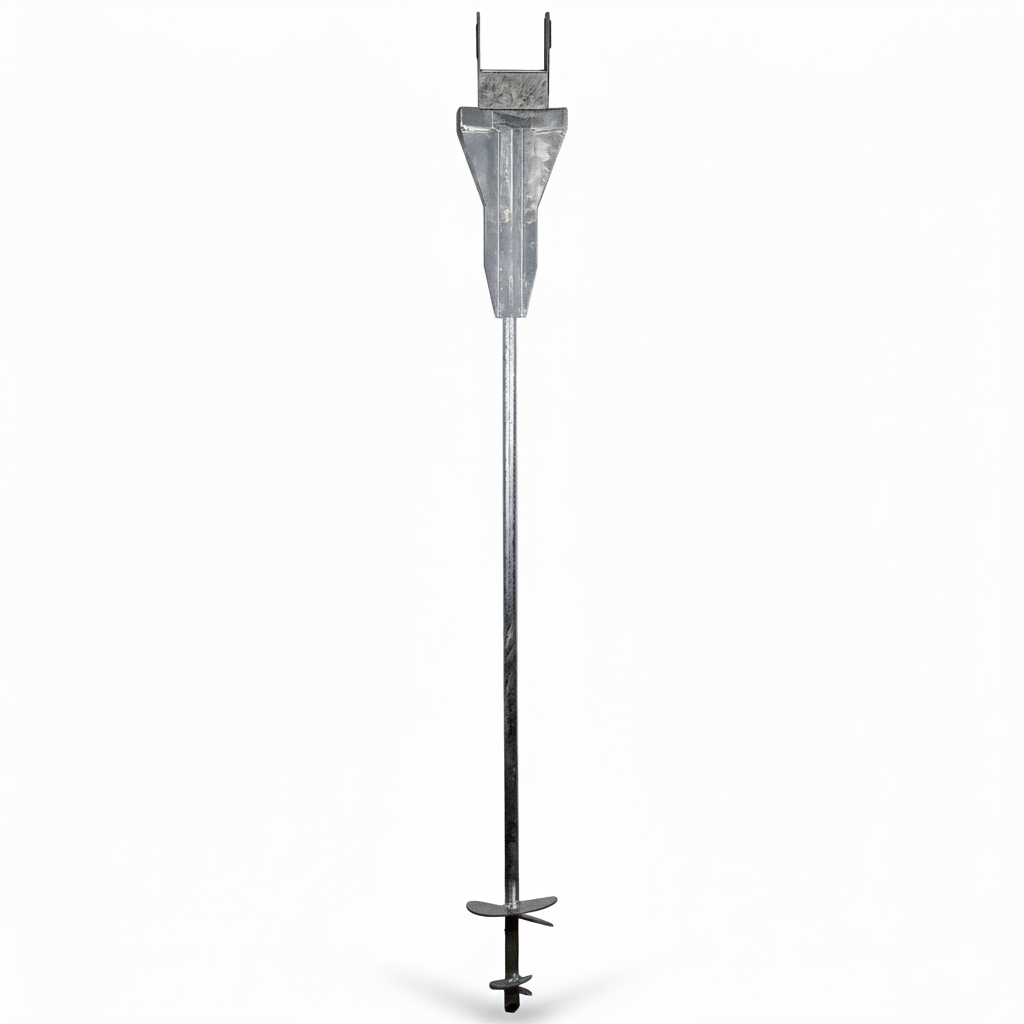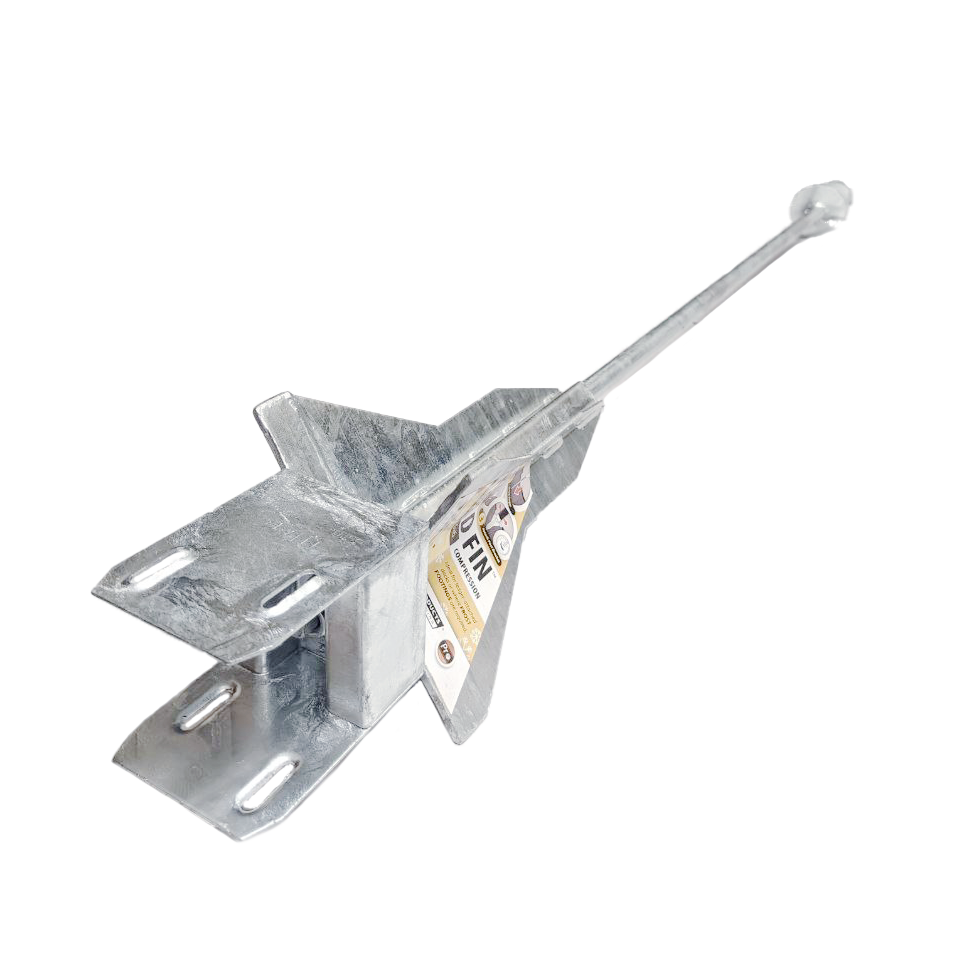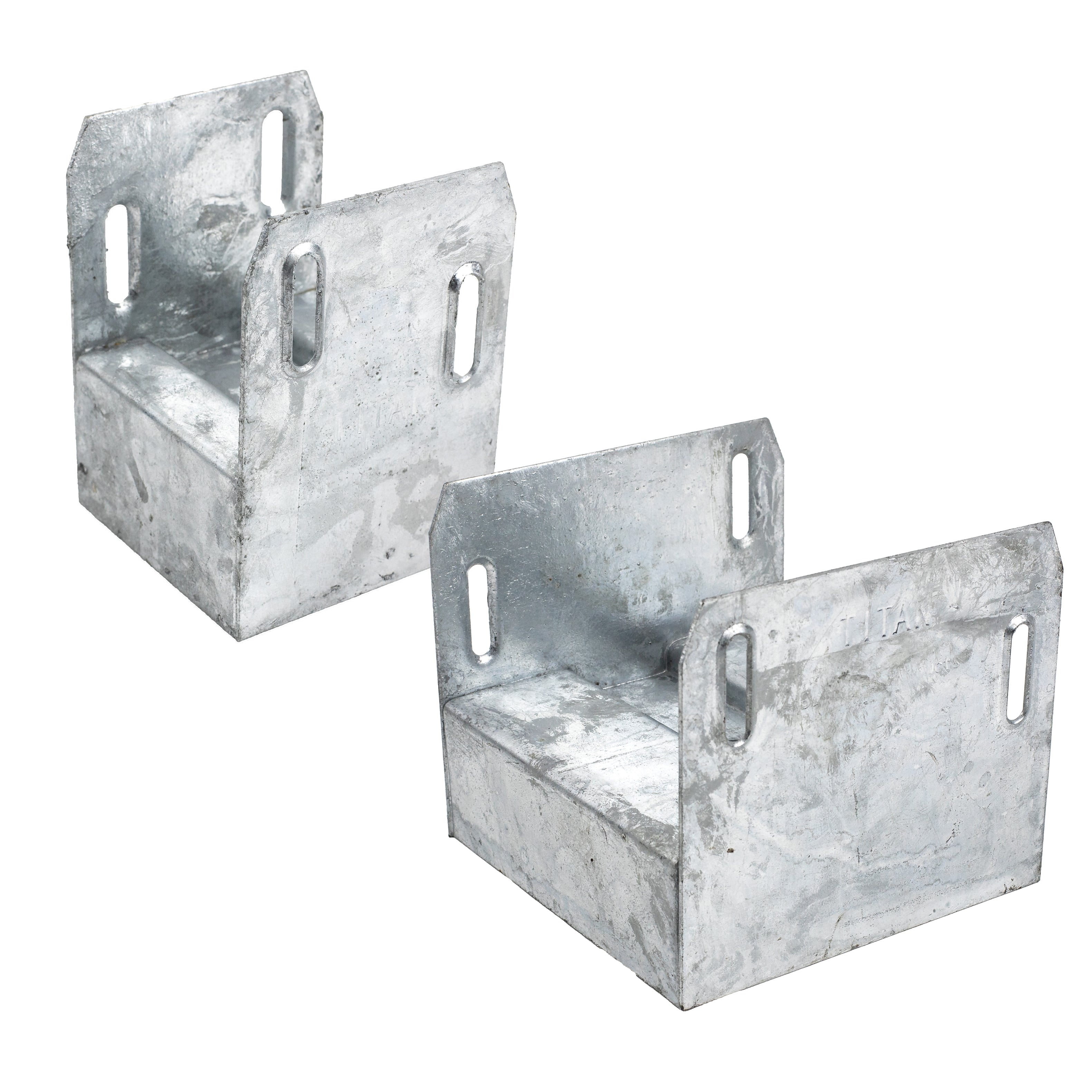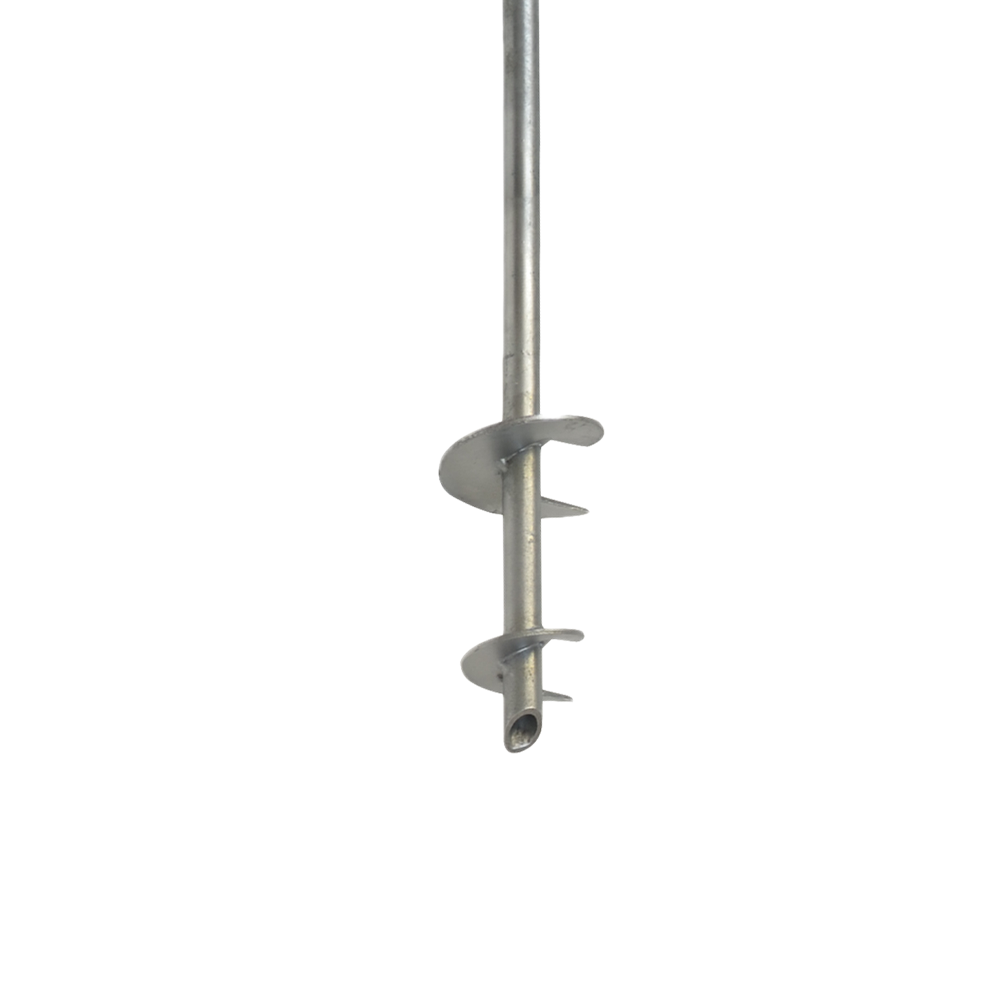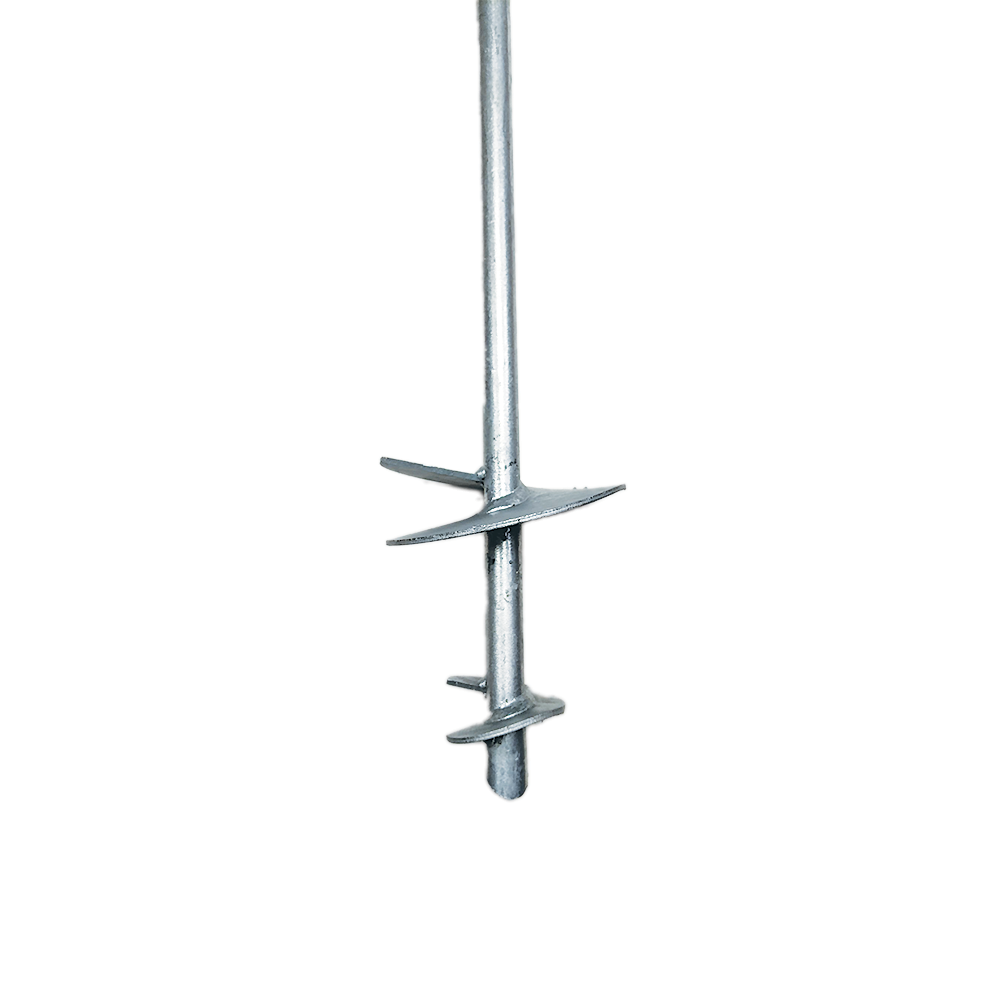The anchors seem to be working fine, it's a little early. Install was good. I did end up breaking the head off of one other them when the auger hit a rock, so I ended up with one sonotube post. So, they are a little sensitive to rocks.
The problem I had was the wrong items were sent. So, I contacted customer service and the gentleman was great and said he'd fedex out replacements in time for my project.
The replacement items arrived and they were still the wrong items. So I reached out again, almost at my install date.
The same customer service rep said he'd pack the items personally to make sure I received my order.
My correct order finally arrived the morning of the install, so customer service was awesome correcting the shipment issue.
Now I have 2 boxes of parts that I've reached out to customer service to find out what they want me to do with them and haven't had a response.
Overall, I'd recommend. I'm hoping my shipping issues were a rare occurance.
















































